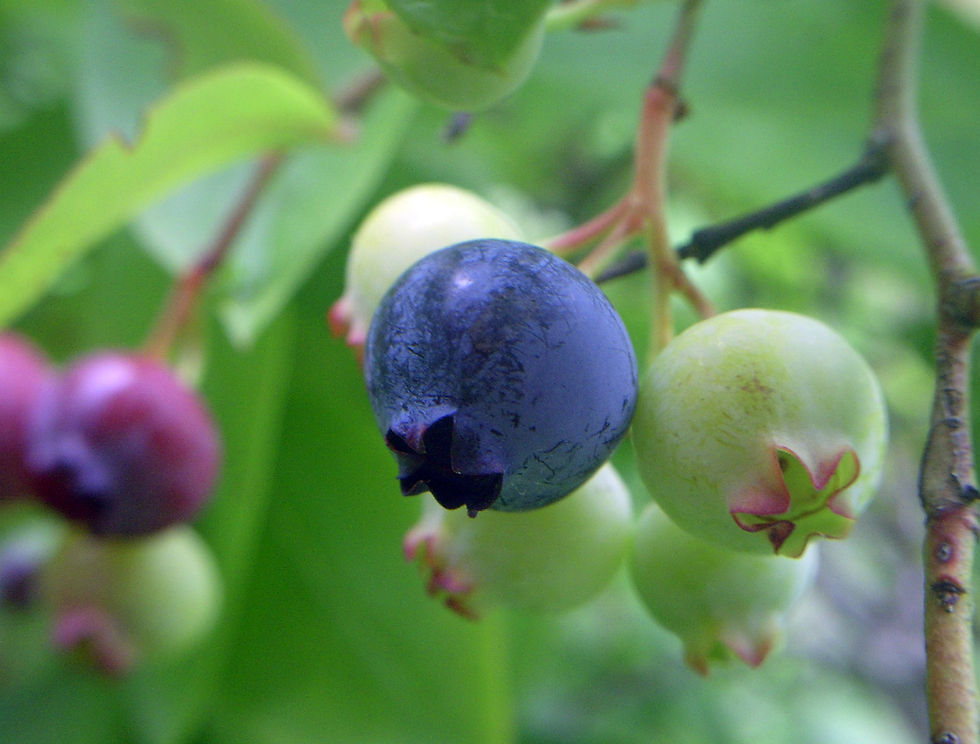Shade Loving and Deer Resistant
- Jennifer Anderson

- Jul 2, 2023
- 2 min read

When I first started Tree Talk Natives in 2020 I got lots of questions I was not prepared to answer, most frequently:
Is it deer resistant?
What do you have for shade?
Fast forward: I have lots of shade-loving plants and even a page on my Website now on deer-resistant plants. And every once in a while I meet a plant that fulfills both objectives.

Bleeding Heart is a recent find -- and truly beautiful (see left!), as is my latest discovery: Golden Groundsel, a native ground cover that pops a cheerful yellow even in the deepest of shade gardens. Its one-inch, daisy-like flowers dance on top of nearly leafless stems for several weeks in late-spring and often through summer. It thrives in shade, where it can tolerate drier soils, part shade and even full sun. And, neither the deer nor the rabbits find it palatable.

Packera aurea attracts a multitude of pollinators including butterflies, moths, beetles and native bees – and it is one of just a few larval hosts of the rare and threatened Northern Metalmark butterfly. It also provides cover for fireflies, which are not technically threatened but declining in numbers, prompting some states to take actions to protect them (Xerces.org).

Also called Golden Ragwort (not the allergy-inducing ragweed, however), Golden Groundsel
reaches heights of 6 inches to over two feet, and plants should be spaced 18 inches apart. It works well in bog and wild gardens, cottage and native plant gardens, and along streams or ponds. It self-seeds, spreads easily by underground rhizomes and displays best when allowed to colonize.
In mild climates its heart-shaped basal leaves remain dark green all year long, forming thick mats of color. The flowers can be cut back after bloom or left for re-seeding or as food for songbirds.
Ripping out invasives? Golden Groundsel makes an excellent replacement plant for Garlic Mustard, English Ivy, Periwinkle and others.
###





Comments